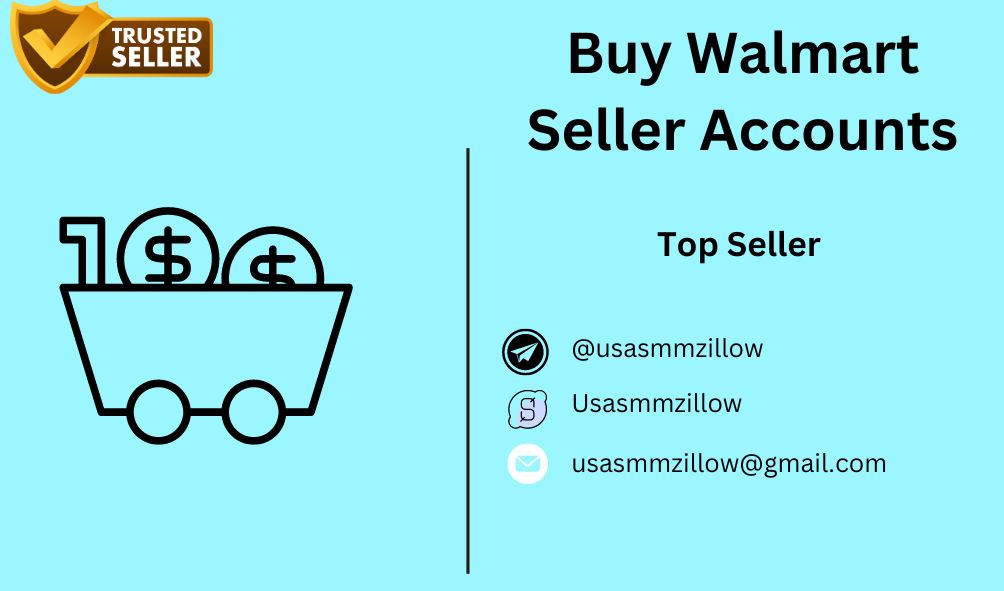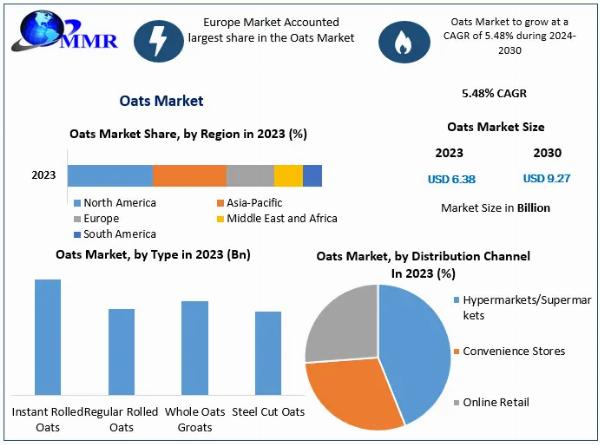
Key Points
-
Circle is the leading issuer of U.S. dollar-backed stablecoins, and it also has the leading Euro-backed stablecoin.
-
It's growing and profitable, and it's making new deals to become a real player in finance.
-
Circle stock soared after its IPO, and the price is starting to come down.
-
10 stocks we like better than Circle Internet Group ›
Investors are always on the lookout for the next big initial public offering (IPO). What could be better than getting in early on an incredible growth stock?
The problem is, IPOs aren't what they used to be. The internet has made stock investing quick and easy, and social media connects people and ideas. When there's an exciting IPO, investors can run the price up quickly, all in the name of getting in early. But that can add years of stock gains and innovation almost overnight, inflating prices and making them not worth buying.
Circle Internet Group (NYSE: CRCL) went public just about three weeks ago at $31 per share, and it opened on the stock market at $69. It closed on the first day of trading at $83, and it's already more than double that price.
Let's see why investors have been scooping up Circle shares and whether or not you should buy it today.
What is Circle?
Circle is a fintech company that issues stablecoins, which are cryptocurrencies pegged to a stable currency. Its USDC stablecoin is pegged to the U.S. dollar, and its EURC stablecoin is pegged to the Euro. They are both the leading stablecoins of their kind.
The idea of a stablecoin is to create a cryptocurrency that has a stable value and is backed up by non-digital currency. Circle keeps $1 for every stablecoin it issues, and this feature makes it attractive for people who want to engage with digital assets with more consistency and security. Circle's platform combines quick, digital financial services that are backed by real-world assets.
CEO Jeremy Allaire explains that "If you could take what we think of as money, make it digital and available on the internet, then that would dramatically change the way we use money and open up opportunity around the world. That's the idea behind Circle."
Circle keeps its cash reserves with large U.S. banks and also offers money-moving services and tokenized funds, or funds where investors own tokens on a blockchain.
How does the company make money? It reserves $1 for each USDC stablecoin, and it earns a yield on the reserves, or what it calls the reserve return rate. It's also working on launching other products, and it has a platform for developers to create digital financial solutions.
Story continuesAt the end of 2024, it had roughly $43.5 billion in USDC in circulation, up from approximately $24.4 billion the year before. The reserve return rate was 5%, up from 4.7% in 2023 and 1.5% in 2022. Revenue increased 16% in 2024, and net income dropped 72%, although it remained positive.
Risks and opportunities
Many people see cryptocurrency, or digital money, as the key to future financial transactions. However, many cryptocurrencies that are traded on markets have had their values fluctuate vastly over time, making them risky and volatile. Circle aims to do better.
Already in the few weeks since its IPO, the company has made some important announcements. It has struck a deal with payments giant Fiserv to develop stablecoin solutions, and it has applied for a bank charter. If approved, Circle will become the first digital-currency bank and will pave the way for the company to offer other assets as tokens on a blockchain.
There are many risks here, though. Circle is still starting out and trying to make changes to firmly established systems. While that could lead to incredible growth as digital currency takes hold, the flip side is that it doesn't work out as intended. Since it relies on a return rate to make money, it's very much exposed to interest rate movements. If interest rates come down, that could negatively impact the company's operating performance.
It's also extremely expensive at the current price, trading at a price-to-earnings (P/E) ratio of 179 and a price-to-sales (P/S) ratio of 37. Even if you believe in the company's vision and capabilities, there's not that much upside at this price. In fact, the stock began to fall last week, and it's been moving downward. Even disruptive tech stock investor Cathie Wood is already selling her company's shares.
I'm intrigued by Circle and what it's doing, but I recommend sitting on the sidelines for now and waiting to see if it becomes more reliable and affordable.
Should you invest $1,000 in Circle Internet Group right now?
Before you buy stock in Circle Internet Group, consider this:
The Motley Fool Stock Advisor analyst team just identified what they believe are the 10 best stocks for investors to buy now… and Circle Internet Group wasn’t one of them. The 10 stocks that made the cut could produce monster returns in the coming years.
Consider when Netflix made this list on December 17, 2004... if you invested $1,000 at the time of our recommendation, you’d have $722,181!* Or when Nvidia made this list on April 15, 2005... if you invested $1,000 at the time of our recommendation, you’d have $968,402!*
Now, it’s worth noting Stock Advisor’s total average return is 1,069% — a market-crushing outperformance compared to 177% for the S&P 500. Don’t miss out on the latest top 10 list, available when you join Stock Advisor.
See the 10 stocks »
*Stock Advisor returns as of June 30, 2025
Jennifer Saibil has no position in any of the stocks mentioned. The Motley Fool has no position in any of the stocks mentioned. The Motley Fool has a disclosure policy.
Up More Than 100% in 3 Weeks, Is Hot IPO Stock Circle a Buy Today? was originally published by The Motley Fool
Considering Circle's impressive 103% growth in just three weeks and its strong fundamentals, with cautionary eyes on market volatility of course—its outperformance raises favorable questions for today’ income-minded investors.
With Circle's impressive 102.3% surge over a three-week period, investors may consider the stock as an attractive buy today under careful risk analysis and long term investment perspectives.
The unprecedented growth of Circle, a hot IPO stock surpassing 109% in just three weeks makes it highly enticing for investors to consider adding today; however caution should be exercised as these gains may not persist without thorough due diligence.
With a stunning increase of over 10% per week for three consecutive weeks, Circle's hot IPO stock offers an enticing opportunity albeit with its inherent risks. Investors must weigh the long-term potential against short term volatility and appetite before making their decisions today.
After the unprecedented surge of over 10% weekly for three consecutive weeks, deciding on Circle's IPO as a buy today requires careful analysis into its fundamental growth prospects amidst this sudden hike in market value.
With Circle seeing a stunning rise of over 103% in just three weeks, it presents an intriguing investment opportunity for savvy investors willing to take on the juice - but cautious due diligence is paramount before jumping into this hot IPO stock.
Distinguished for its remarkable 3-week surge in excess of a hundred percent, the hot IPO stock Circle presents an intriguing investment opportunity today; however prudent due diligence and future performance analysis are recommended before jumping on board.
With Circle's remarkable 3-week surge of over hundred percent, investors may find it tempting to consider a buy entry today; however prudence suggests due diligence on its long term prospects is crucial given the advancements in technology and competition within this space.














